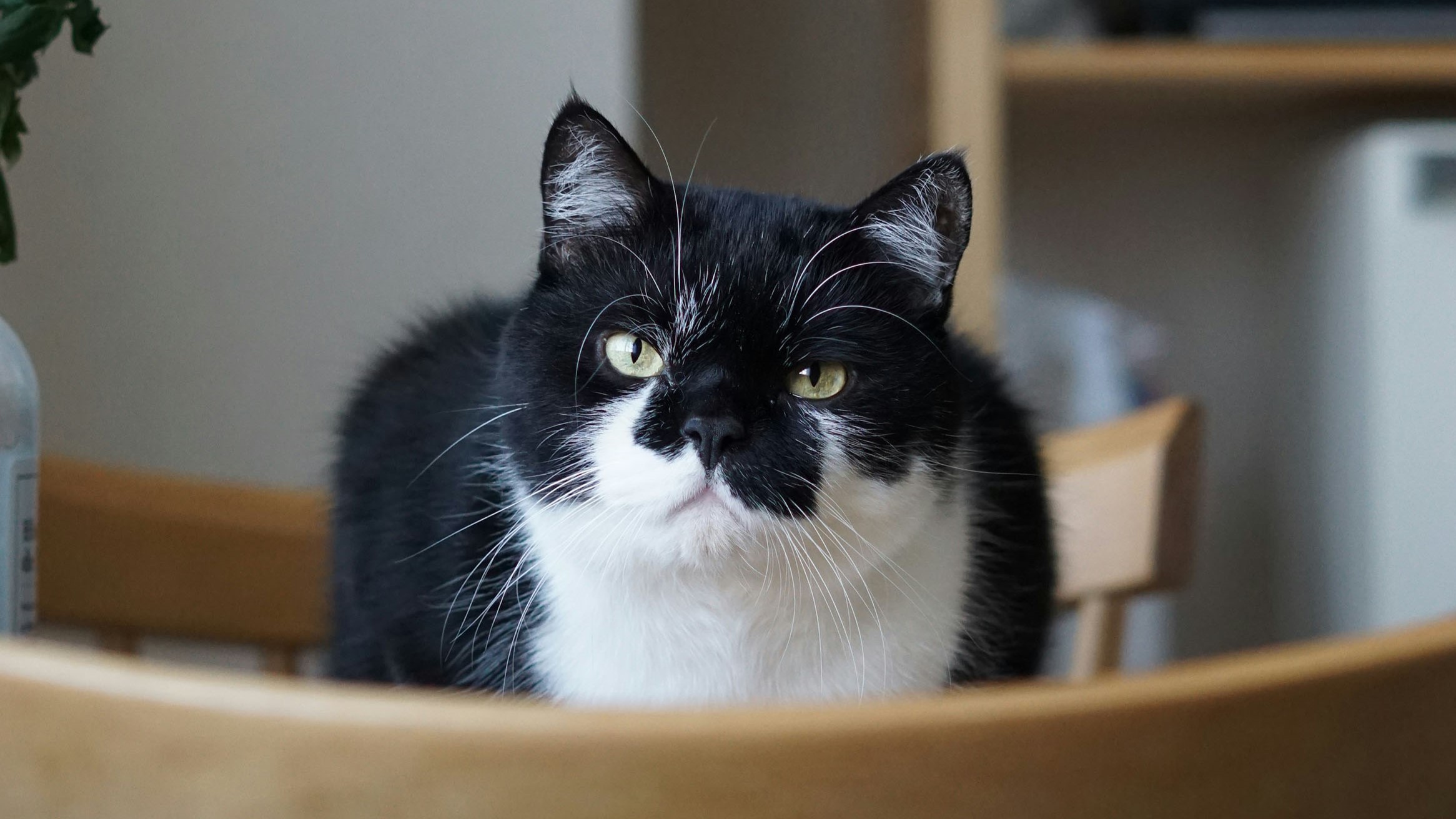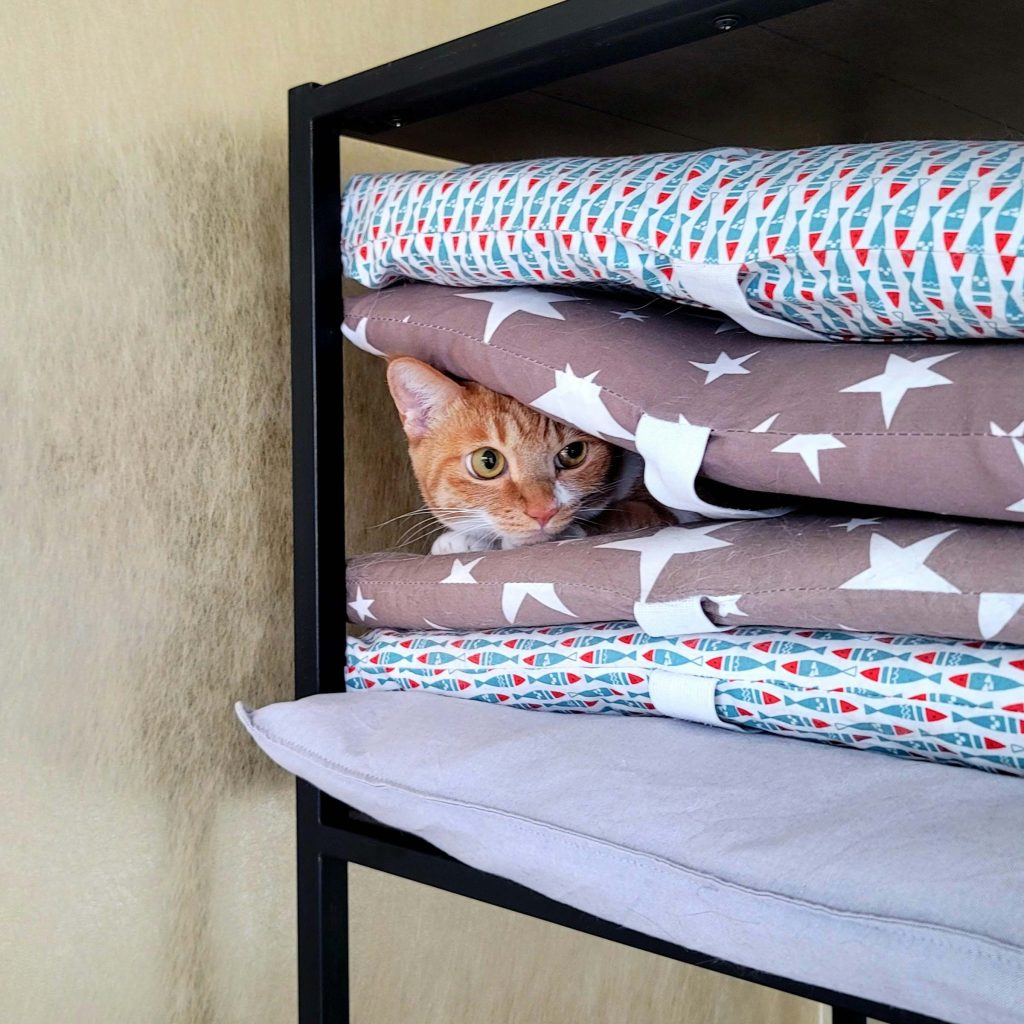

Bringing home a new cat is a joyful moment, but for your feline, it can feel like stepping into another world. Cats are creatures of routine, and a sudden change in sights, sounds, and smells can leave them feeling cautious or stressed. The good news? With a little patience and some thoughtful preparation, you can make their transition smoother and help them feel safe, secure, and truly at home. From setting up a cozy retreat to slowly introducing them to new spaces, these simple steps will build trust and comfort as your bond begins to grow.
Give Them a Safe Room First
When you first bring your cat home, it may be tempting to let them explore every corner right away. But for a cat, a brand-new environment can feel overwhelming. Starting small helps reduce stress and gives them a sense of security as they adjust.
Choose a quiet room in your home — a spare bedroom, office, or even a bathroom works perfectly — and set it up with all the essentials: a litter box, food and water bowls, a soft bed, and a few toys. This space becomes their safe haven, or “base camp,” where they can retreat anytime they feel uncertain.
Why a safe room helps your cat:
● Reduces overwhelm by keeping the environment manageable
● Creates a secure retreat when they feel stressed or unsure
● Helps establish routine quickly with food, water, and litter all in one spot
By giving your cat a designated starting point, you’re not only making them feel more comfortable, you’re also helping them build confidence before exploring the rest of the house at their own pace.
Create Hiding Spots and Cozy Retreats

Cats are naturally cautious creatures, and when they’re adjusting to a new environment, the ability to hide makes them feel much safer. Having a few cozy retreats gives your cat the chance to withdraw when they feel stressed, while still knowing they’re in a secure, loving home.
You don’t need fancy equipment to create these safe spots; even simple setups can make a big difference. A cardboard box in the corner, a covered cat bed, or a blanket draped over a chair can all provide the comfort of privacy. For playful personalities, a cat tunnel or pop-up cube doubles as both entertainment and a retreat.
Benefits of cozy hiding spots:
● Reduce stress and anxiety during the adjustment period
● Give cats control over their environment, which builds confidence
● Provide safe, comfortable places to rest and recharge
Use Familiar Scents to Build Comfort
Cats experience the world primarily through scent, and familiar smells can be one of the most powerful ways to reassure them in a new home. When everything around them looks and feels unfamiliar, a recognizable scent acts like an anchor, reminding them they are safe.
One simple way to do this is to leave an item with your scent — like a worn t-shirt or blanket — in their safe room. The smell of their new human helps your cat begin forming a bond and signals that this strange place belongs to both of you. In addition, products like pheromone sprays or diffusers (such as Feliway) can create a calming atmosphere that mimics the scent signals cats use to mark safe, happy territory.
By layering their environment with comforting scents, you’re helping your new cat feel grounded, secure, and ready to explore their surroundings with more confidence.
Gradual Introductions to the Rest of the Home

Cats naturally seek out high places, not only for play, but for safety and confidence. Being able to perch above their surroundings allows them to observe the world on their own terms, which is especially comforting when they’re adjusting to a new home. Offering vertical space gives your cat a sense of control while also enriching their environment.
Easy ways to add vertical space:
● A sturdy cat tree with multiple levels
● Wall-mounted shelves or climbing systems
● A cozy window perch for bird-watching
● The top of a safe bookshelf or cabinet with a blanket
● Cat hammocks that attach to windows or furniture
In addition to height, scratching outlets are essential. Scratching is more than just a way to sharpen claws; it’s how cats relieve stress, mark territory with their scent, and stretch their muscles. Providing scratching posts, pads, or cat furniture early on prevents unwanted scratching on couches or rugs, while also letting your cat settle in with healthy, natural behaviors.
By giving your cat both vertical and scratching options, you’re not only protecting your home, you’re also creating an environment where your cat can thrive.
Keep a Constant Routine
Cats are creatures of habit, and predictability goes a long way in helping them feel secure in a new environment. When your cat knows what to expect each day, it reduces stress and builds trust, making the transition into your home smoother.
Try to keep a regular schedule for the basics: feed them at the same times, scoop the litter box daily, and carve out dedicated moments for play and bonding. Even short, consistent play sessions can make your cat feel more connected and confident.
This kind of routine not only reassures your cat but also strengthens your relationship. Over time, your cat will begin to anticipate mealtimes, playtimes, and cuddle times, all comforting signals that they are safe and cared for.
Safe Ways for Cats to Enjoy the Outdoors
Many cats are naturally curious about the outdoors, the sounds of birds, the warmth of the sun, and the fresh scents drifting through an open window all spark their instincts. However, allowing cats to roam freely outside comes with serious risks, including traffic, predators, parasites, and exposure to toxins. For their safety and well-being, it’s best to avoid unsupervised outdoor access altogether.
The good news is that there are safe alternatives that let your cat enjoy the benefits of nature without the dangers. Some popular options include:
● Leash training: With patience and the right harness, some cats enjoy short, supervised walks.
● Supervised patio or yard time: Only when the space is fully secured and you’re present.
● Catios: Outdoor cat enclosures that give cats the freedom to lounge, climb, and watch wildlife in a fully protected space.

Be Patient and Let Them Set the Pace
Every cat is unique, and the time it takes to feel comfortable in a new home can vary widely. Some cats may start exploring within a couple of days, while others may take weeks before they feel fully secure. The most important thing you can do is give your cat the time and space they need to adjust at their own pace.
Avoid forcing interactions or rushing the process; let your cat come to you when they’re ready. Gentle encouragement, calm energy, and respect for their boundaries will help build trust far more quickly than trying to hurry things along.
With patience, consistency, and a thoughtfully prepared environment, your new cat will gradually begin to relax, explore, and show you their true personality. In time, that cautious newcomer will become a beloved family member, happily settled into their forever home.
